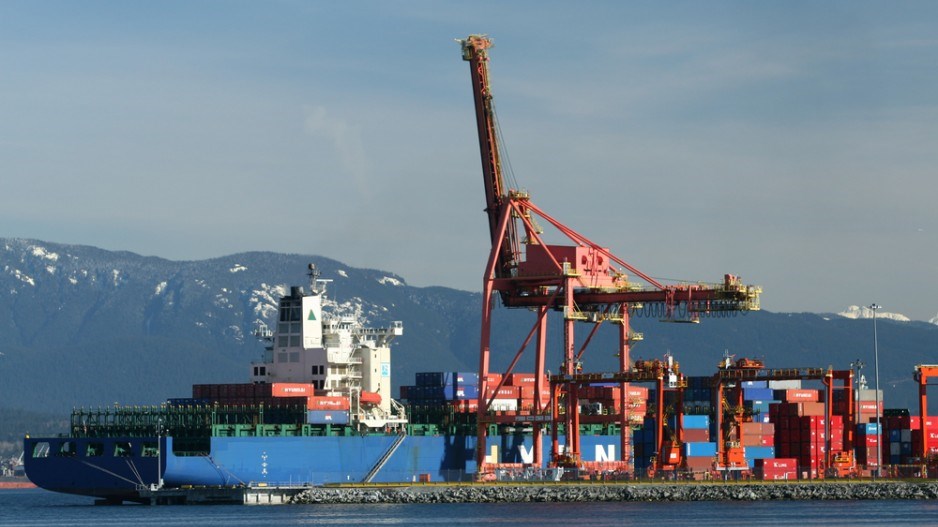It was another big year at Port Metro Vancouver.
In its 2013 year-end statistics, released on February 24, PMV announced it set records in overall tons of cargo, as well as record volumes in both its container and bulk divisions.
Last year, PMV handled 135 million tonnes of cargo, a 9% increase of over 2012. That increases was split between import and export tonnage, each of which increased by 9% last year.
Bulk cargo increased by nearly 11% last year, driven primarily by increases in coal and grain shipments. Coal was up nearly 17% in 2013. Grain enjoyed significant gains – wheat jumped 26%, and barley volumes increased by 273%.
Container volumes grew by 4% to a total of 2.83 containers. According to a PMV press release, the increase in container traffic is the result of increased consumer spending and the export of specialty grains via container, among other factors.
Cruise passengers also increased 22% in 2013 – 812,398 passengers on 29 vessels passed through the port last year.
Crude petroleum cargo dropped by 5% and auto volumes decreased by about 1% to 378,883 units in 2013.
Robin Silvester, PMV president and chief executive officer, told Business in Vancouver the growth in cargo volume was "what [the port] was expecting," but said continued growth, which PMV forecasts, will require an expansion.
In 2013, PMV completed work on an elevated road in its South Shore Corridor project in Vancouver, continued work on both the Low Level Road project in North Vancouver and the Delataport Road and Rail Improvement project.
Last fall, the environment assessment process for PMV's planned Roberts Bank Terminal 2 project in Delta began. Roberts Bank Terminal 2 is a proposed new container terminal that would handle up to 2.4 containers annually.
"Really, in terms of what we see going forward or how we would position this, I would say this – it fits in with what we have been building infrastructure for now for quite a period of time," said Silvester.
"With the Asia Pacific Gateway program, federal and provincial support has been creating a large network of infrastructure to allow capacity through the port to grow."




